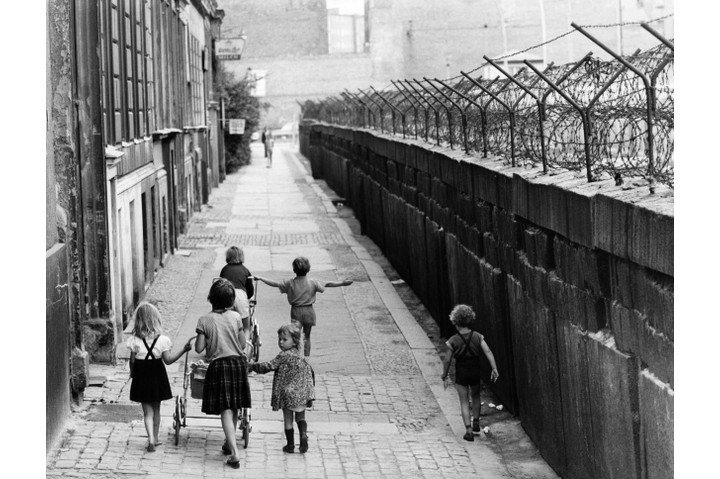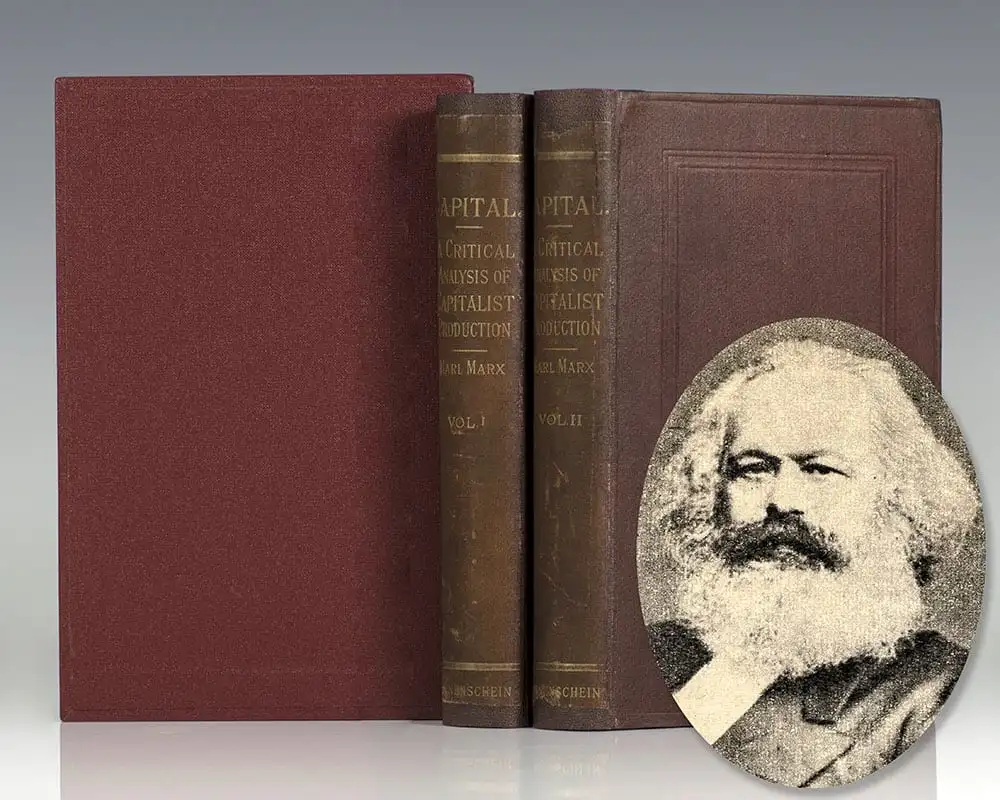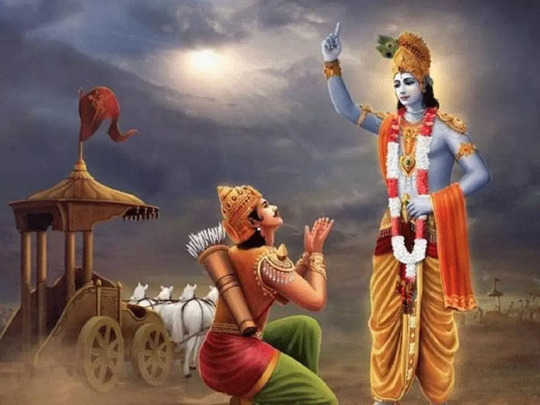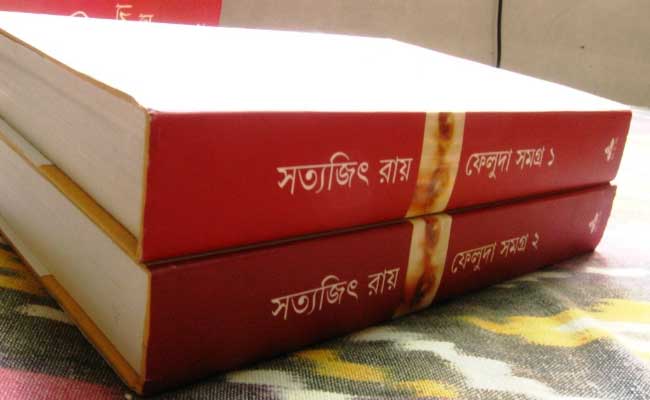The Berlin Wall remains one of the most powerful symbols of the 20th century — representing not only physical separation but also ideological conflict between democracy and communism. Built in 1961 by the German Democratic Republic (East Germany), the Wall divided the city of Berlin for nearly three decades. Its construction and eventual fall tell a story of political tension, human suffering, and the triumph of freedom.
The Origin of the Berlin Wall
After World War II, Germany was divided into four occupation zones controlled by the United States, the Soviet Union, Britain, and France. Berlin, though located deep within Soviet-controlled East Germany, was also divided into East and West sectors. Over time, ideological differences between the capitalist West and the communist East intensified, forming the foundation of the Cold War.
By the late 1950s, millions of East Germans fled to the West through Berlin in search of freedom and better opportunities. To stop this mass migration, East German authorities, backed by the Soviet Union, constructed the Berlin Wall overnight on August 13, 1961, cutting off East Berlin from the West.
Life Behind the Wall
The Wall was made of concrete barriers, barbed wire, and guard towers. Families were separated, friends divided, and thousands of people found themselves trapped overnight. East Berliners lived under strict communist rule, where travel to the West was forbidden. Those who attempted to escape were often shot by border guards, with over 140 people losing their lives while trying to cross.
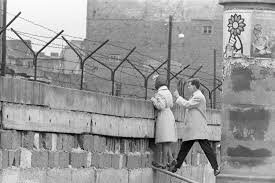
The Wall became a global symbol of oppression and the harsh realities of the Cold War. Meanwhile, West Berlin became a beacon of democracy, supported by Western nations.
The Fall of the Berlin Wall
By the late 1980s, growing political unrest, economic challenges, and reform movements in Eastern Europe weakened communist control. On November 9, 1989, after weeks of protests and confusion among government officials, the East German government announced that citizens could freely cross the border. Thousands gathered, and in an unforgettable moment, people began tearing down the Wall with hammers and joy.
The fall of the Berlin Wall marked the beginning of German reunification and symbolized the end of the Cold War. Today, remnants of the Wall stand as a reminder of a divided past and a testament to the enduring human desire for freedom and unity.
Aranyak by Bibhutibhushan Bandopadhyay
Byomkesh Bakshi by Sharadindu Bandyopadhyay
![]()

